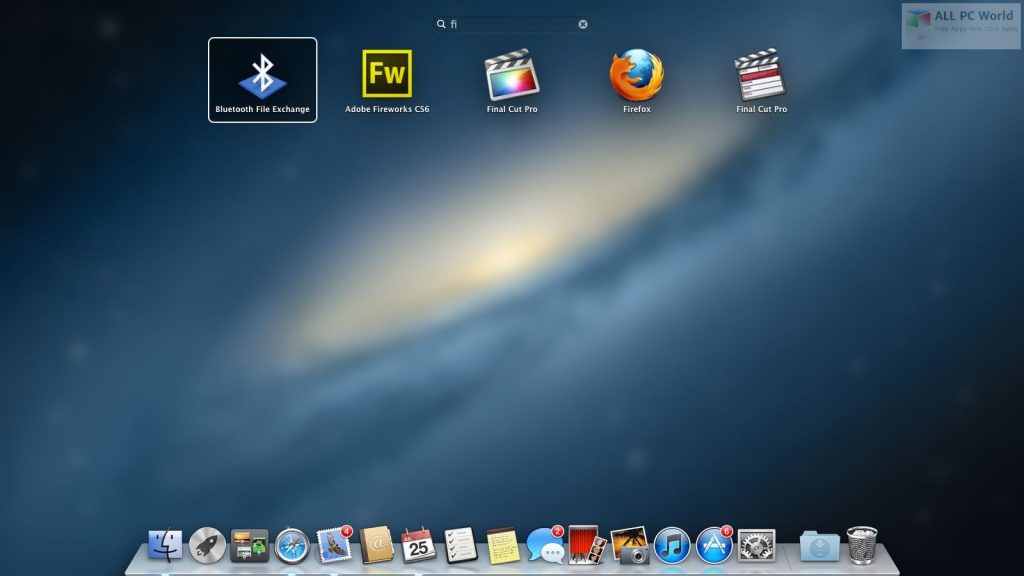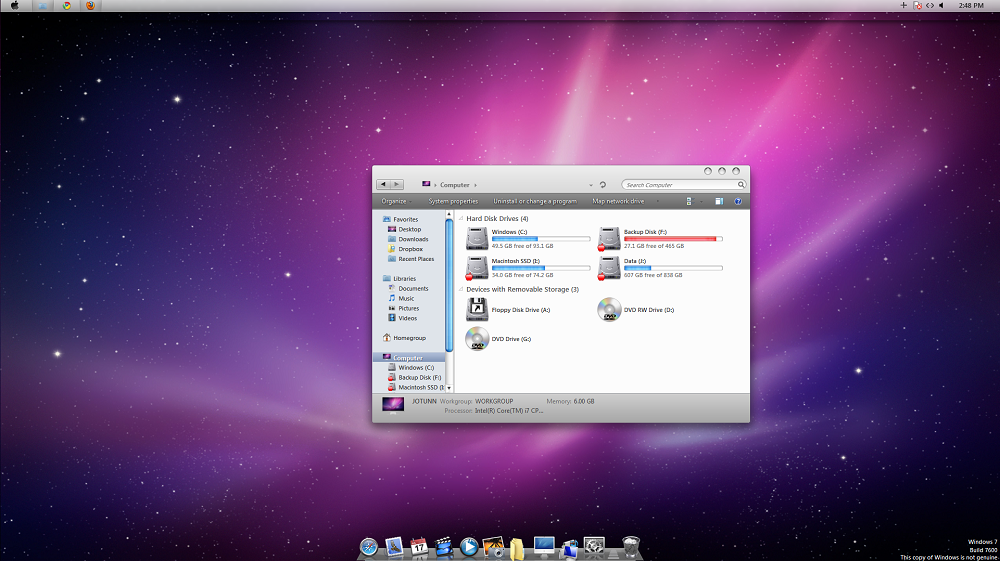

- #MACFUSION OS X SIERRA HOW TO#
- #MACFUSION OS X SIERRA INSTALL#
- #MACFUSION OS X SIERRA UPDATE#
- #MACFUSION OS X SIERRA PORTABLE#
- #MACFUSION OS X SIERRA CODE#
Usually the identifiers are disk0 and disk1. In the IDENTIFIER column, find the identifier for each of the two internal, physical drives that make up your Fusion Drive.
Terminal displays a table of data about your drives. Type diskutil list in the Terminal window, then press Return. Release the keys you see the Apple logo or spinning globe. Turn on your Mac, then immediately press and hold Command-R to start up from macOS Recovery. If you're using macOS High Sierra or earlier Your Mac restarts from your Fusion Drive when done. Choose Reinstall macOS, then follow the onscreen instructions to reinstall the Mac operating system. When Terminal indicates that the operation was successful, quit Terminal to return to the macOS Utilities window. Type Yes (with a capital Y) when prompted, then press Return. Type diskutil resetFusion in the Terminal window, then press Return. When you see the macOS Utilities window, choose Utilities > Terminal from the menu bar. Release the keys when you see the Apple logo or spinning globe. Make sure that you have a backup before continuing. These steps permanently delete all data stored on the drives that make up your Fusion Drive. Although Disk Utility should always be tried first, a Mac’s Terminal can be used to format the drive in these cases. Recently, some OWC customers have reported experiencing a situation where their new SSD will not show up in Disk Utility in High Sierra. #MACFUSION OS X SIERRA HOW TO#
How to Format a New Internal SSD in macOS High Sierra Tuesday, November 28th, 2017 Author: OWC Ben M.
#MACFUSION OS X SIERRA INSTALL#
Find the appropriate download link in the upgrade instructions for each macOS version: macOS Catalina, macOS Mojave, or macOS High Sierra Installers for each of these macOS versions download directly to your Applications folder as an app named Install macOS Catalina, Install macOS Mojave, or Install macOS High Sierra. To boot from your external Sierra drive, plug it into the Mac in question, press the power button, and hold the “Option key until the recovery disk screen appears.
#MACFUSION OS X SIERRA PORTABLE#
Or maybe you want to use your portable macOS installation on another compatible Mac. We speak the non-geek version of Mac.So let’s say you start having trouble with your internal drive, and want to troubleshoot it. Need more help in managing or troubleshooting Sierra? Contact us.

Getting used to tabs may require a little adjustment, but if you configure your Mac to always prefer tabs when opening documents, using tabs will quickly become second nature, just as it is in Web browsers.
Hover over the tab to see the X button at the left side of the tab. Rearrange the order of tabs: Drag a tab to the desired position in the tab bar. Choose Window > Move Tab to New Window. Drag the tab out of its tab bar until it becomes a thumbnail of the document. Drag a document’s tab from one window’s tab bar to the tab bar in another window. Merge multiple windows into tabs in one window:. Press the Control-Tab (next) and Control-Shift-Tab (previous) keyboard shortcuts. Choose Window > Show Next Tab (to the right) or Show Previous Tab (to the left). Create a new, empty tab: Click the + button in the tab bar. Now that everything is configured, here’s what you can do: This setting applies both to existing documents and those you create by choosing File > New. To make them open in tabs, open System Preferences > Dock, and choose Always from the “Prefer tabs when opening documents” pop-up menu. One final setup step: By default, documents open in separate windows. You’ll see a tab for the current document or window, and (in most apps) a + button at the right side of the tab bar. Next, if Show Tab Bar doesn’t have a checkmark on the View menu, choose it to reveal the tab bar, which appears between the app’s main toolbar and the document itself. If you see View > Show Tab Bar and tab-related commands in the Window menu, you’re good to go. So how do you get started with tabs and how can you use them in your everyday work?įirst, to determine whether Sierra was able to add tab support to a particular app, look in that app’s View and Window menus. 
#MACFUSION OS X SIERRA CODE#
(Some apps based on older code don’t support tabs at all, but those will be few and far between.)
#MACFUSION OS X SIERRA UPDATE#
Tab support is “free” for apps developers don’t need to do anything to support it and you won’t need to download an update to take advantage of it in most of your apps. In macOS 10.12 Sierra, Apple has gone one step further, building tab support in system-wide so you can open windows in tabs in most Mac apps. And in OS X 10.9 Mavericks, Apple gave us the capability to open different folders in tabs in Finder windows, making it easy to work in multiple folders with limited screen real estate. We’ve all become accustomed to opening Web pages in separate tabs in Safari, Google Chrome, and Firefox.







 0 kommentar(er)
0 kommentar(er)
